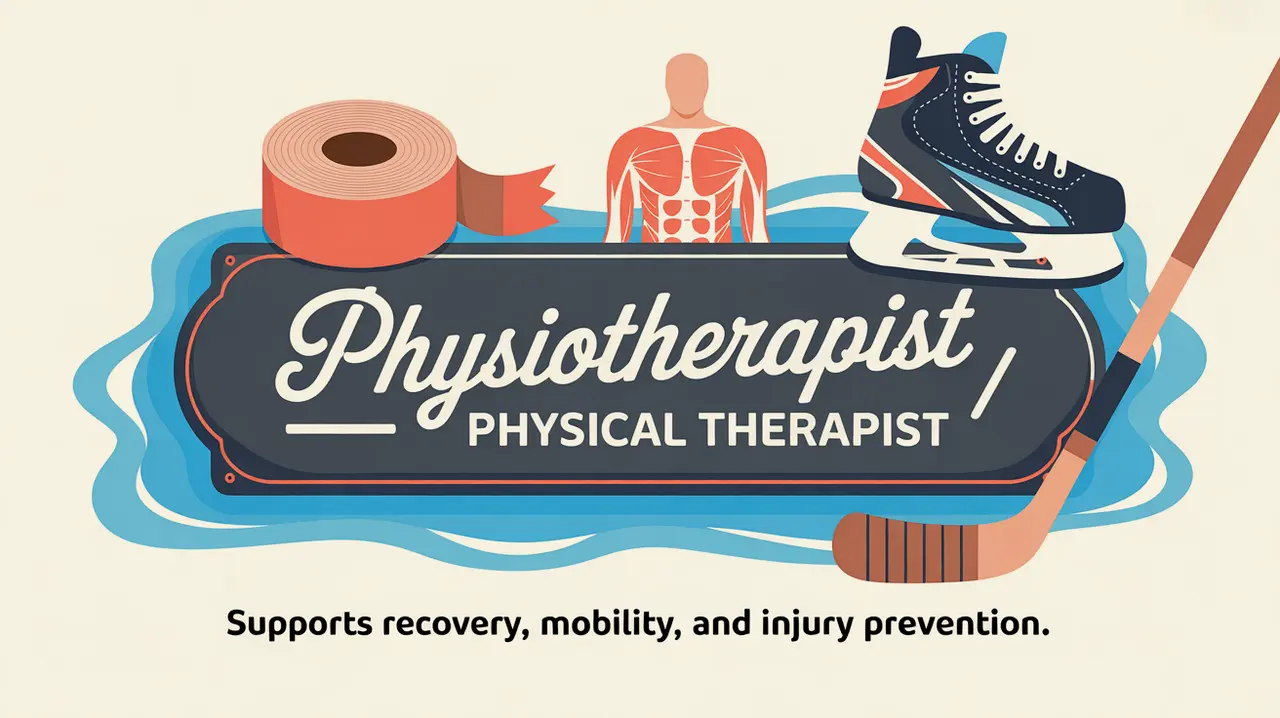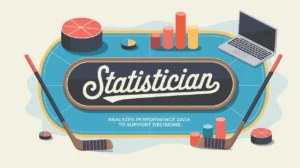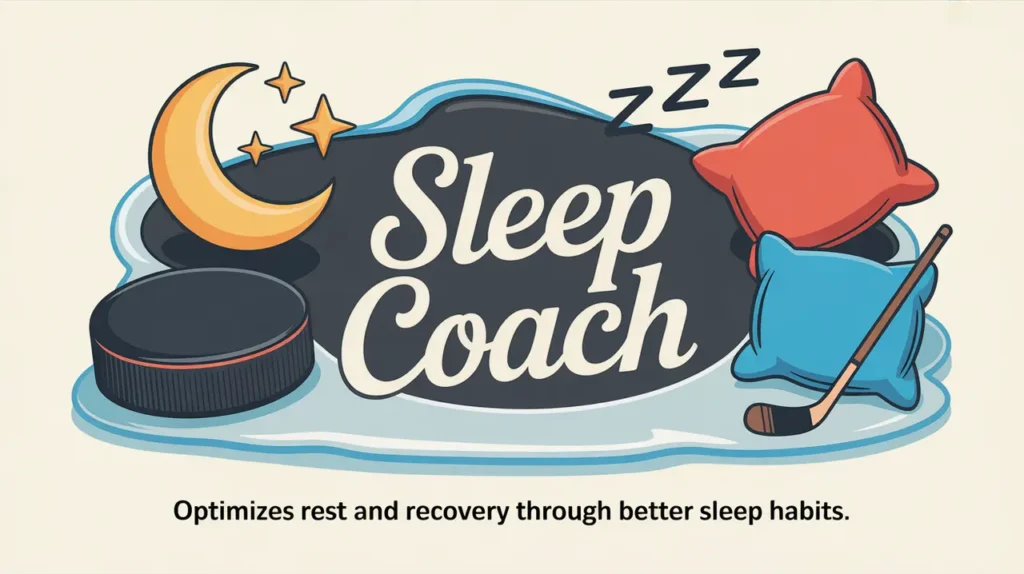Jim’s Intro to the Physiotherapist / Physical Therapist
Hi folks, Jim here, the only commentator who claimed on air that Tom and Jerry is the best physical therapy that ever was.
What is a physiotherapist or physical therapist?
A physiotherapist (or physical therapist) is a licensed medical professional who specializes in injury rehabilitation, movement restoration, and performance maintenance. Their primary job is to treat injuries, address imbalances, and guide players through structured recovery programs so they can return to peak performance safely and efficiently.
They’re often the bridge between the medical staff and the performance staff, ensuring injured players transition back to full competition without setbacks.
How does it work?
The physiotherapist supports players through assessment, treatment, and progressive rehabilitation:
Assessment and Diagnosis
- They begin by evaluating the nature, severity, and root cause of injuries, using manual testing, movement screens, and imaging results when necessary.
- This allows them to create a targeted rehab plan that addresses both symptoms and underlying issues.
Manual Therapy and Treatment
- Physiotherapists use hands-on techniques such as joint mobilizations, soft tissue work, and assisted stretching to reduce pain, improve range of motion, and restore function.
- This is often paired with modalities like ice, heat, electrical stimulation, or ultrasound when appropriate.
Exercise-Based Rehabilitation
- They design progressive exercise programs to rebuild strength, stability, and flexibility.
- Each phase moves players closer to sport-specific movements, starting slow and controlled, then building toward explosive game actions.
Movement Pattern Correction
- Physiotherapists don’t just fix the injury; they analyze and correct faulty movement patterns that may have caused or aggravated it, preventing future breakdowns.
Return-to-Play Progressions
- Working with the strength coach and athletic trainer, physiotherapists guide players through graduated on-ice and off-ice return protocols, ensuring they’re physically ready for full intensity.
Common Situations Involving Physiotherapists
- Post-Injury Rehab: Guiding players from acute injury through full recovery.
- Post-Surgery Recovery: Structuring long-term rehabilitation plans.
- Chronic Issue Management: Addressing recurring pain, tightness, or overuse injuries.
- In-Season Maintenance: Keeping players moving through minor strains and tweaks.
- Screening for Risk: Identifying vulnerabilities before they become injuries.
How do you make good decisions with it?
Effective physiotherapy relies on early intervention, consistency, and clear communication.
- Don’t Delay Treatment: Early rehab prevents issues from becoming chronic.
- Follow the Plan: Skipping steps or rushing return timelines increases risk.
- Integrate Across Staff: Rehab works best when physiotherapists, trainers, and coaches collaborate.
- Prioritize Movement Quality: Fixing mechanics prevents repeat injuries.
- Communicate Honestly: Players need to report pain or limitations accurately.
How do you master it?
Mastering the physiotherapist role requires deep medical knowledge, sharp observational skills, and structured progressions. The best physiotherapists blend clinical expertise with sport-specific insight, ensuring players not only heal but return stronger. They also earn player trust through clear explanations and consistent care.
What does it look like when done right?
A great physiotherapist gets players back on the ice without setbacks, improves their movement patterns, and reduces recurrence rates. Players trust the process because their recovery feels structured and personalized, not rushed or generic.
Commentator’s Corner
Jim’s Take
A good physio is like a detective and a mechanic rolled into one. They figure out what’s wrong, fix it, and make sure it doesn’t break the same way twice.
Parent Tip
For young athletes, consistent rehab and mobility work build strong habits that protect against future injuries. Shortcuts now cause bigger problems later.
Player Tip
Rehab isn’t punishment. Commit to it like you commit to practice. Your future performance depends on how well you heal today.
A Final Thought
The physiotherapist is the guardian of healthy movement, combining clinical treatment with progressive rehabilitation to keep players in peak condition. When mastered, the role blends diagnosis, precision, and trust, turning injuries into opportunities for stronger comebacks.









